- Home
- Energy Efficiency Home
- Energy Efficient Alternatives to Electric Baseboard Heaters
Top 11 Energy Efficient Alternatives To Electric Baseboard Heaters For A Smooth, Cool Home
When it comes to heating your home, it is important to consider the energy efficiency of your heating source. Electric baseboard heaters are a popular option for many homeowners, but there are more energy efficient alternatives available.
If you are eager to reduce your energy consumption and save money on your heating costs, look no further than these energy efficient alternatives to electric baseboard heaters. In this blog post, we will discuss the top energy efficient alternatives to electric baseboard heaters, and explain why they are better than traditional electric baseboard heaters.
We will also discuss the advantages of each option and the potential costs associated with each. By the end of this blog post, you will be armed with the knowledge needed to make the most informed decision when it comes to heating your home.
1. Heat Pump
To make your home more energy-efficient, heat pumps are an excellent alternative to electric baseboard heaters. Choosing ductless heat pumps is a great way to save money on your energy bills.
They are more efficient than baseboard heaters and offer precision temperature control. They can be installed in a single room or multiple rooms. They are also very quiet when they are in operation. They can even be remotely controlled.
Compared to baseboard heaters, ductless heat pumps are very compact. They are easy to install. They can be mounted on the ceiling or the wall. They can be used to heat or cool a single room or many rooms.
Depending on the unit size, a mini-split heat pump can use up to 60% less energy to cool a space. In addition, they can save up to 50% on your electric bill. The cost will depend on the time of year and the cost of electricity in your area.
Because they are more energy-efficient, ductless heat pumps can also improve the air quality in your home. They are equipped with a filtration system that filters out dust and burning particles. This means that the air in your home is free of harmful chemicals. In addition, ductless heat pumps are extremely quiet.
When compared to baseboard heaters, ductless pumps can give you a more accurate temperature in a shorter amount of time. They are also more stylish and convenient. They don't interfere with furniture placement. You can install one in the living room and another in the den, or in each room in your home.
Choosing ductless heat pumps is essentially an investment in your home's future. They can save you money on your utility bills and reduce the impact on the environment. They are very reliable. They can be used year-round.
They are easy to install and are relatively maintenance-free. They also make for an ideal replacement for water radiators.
Choosing ductless heat pumps can help you save up to 50% on your electricity costs. They are very easy to install and require little to no ductwork. They can be placed high up on the wall or flat on a suspended ceiling. They are very attractive and can blend in with the decor of your home.
2. High-efficiency furnaces
Compared to baseboard heaters, high-efficiency furnaces are more energy efficient and can lower the carbon footprint of your home. They also reduce noise levels and save fuel. If you are thinking about replacing your old baseboard units, a high-efficiency furnace may be a good choice.
In fact, the newest models of furnaces can save you more than 30 percent in energy. They can also produce more even heat than the older models. The amount of savings you get from these appliances will depend on the relative costs of electricity, gas, and other fuels.
Unlike baseboard heaters, high-efficiency furnaces will not heat your home with hot air. Instead, they use electric coils to heat up the floor. The heating element in each unit is individually controlled and the temperature is set by a thermostat. The system is designed to be placed under windows and in areas that tend to lose heat the most.
There are several types of high-efficiency furnaces to choose from, including electric and gas wall heaters, and pellet stoves. These types of heaters are quiet and efficient, and can be used in smaller rooms. If you have a large room, you may want to consider a pellet stove, which can heat the whole room from the ground up. They are also easy to operate.
You may like tips for energy efficiency home.
3. Radiant Heat
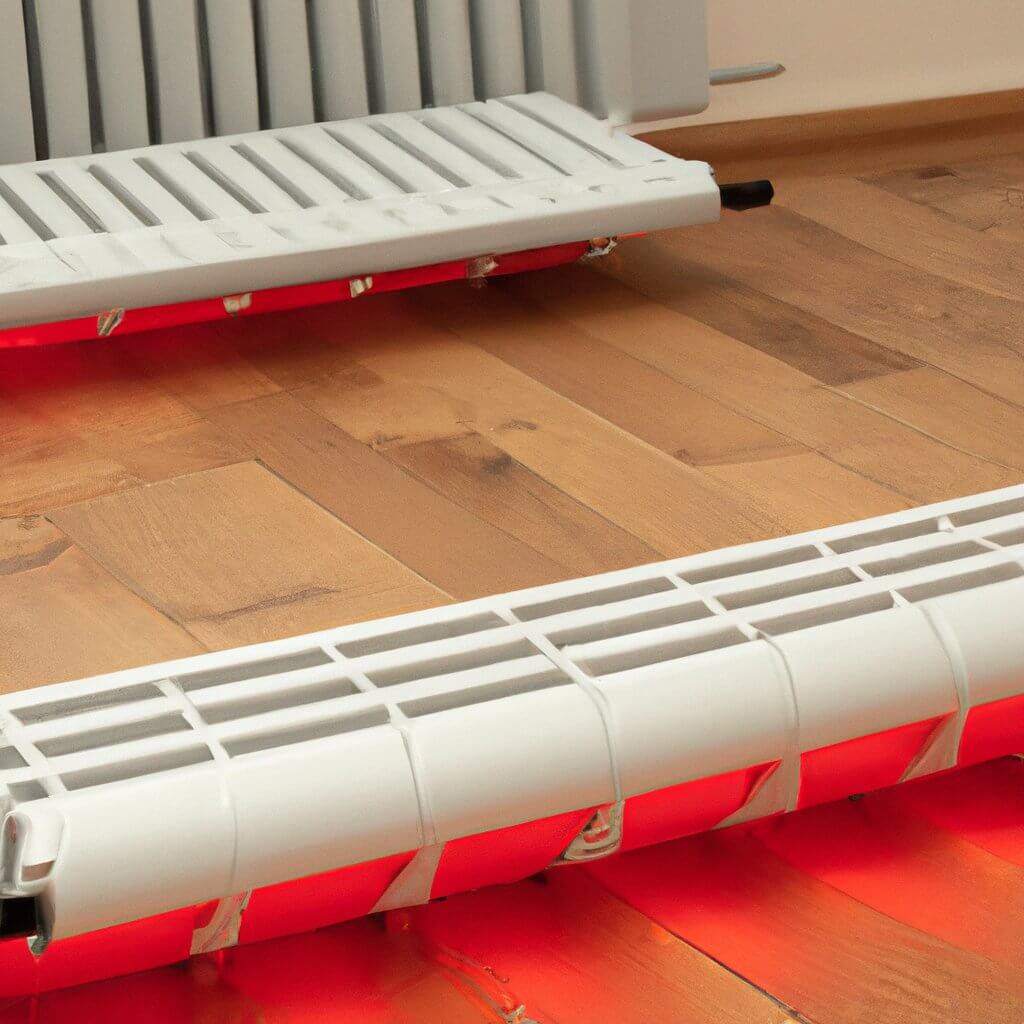
Radiant heat is an energy-efficient alternative to electric baseboard heating. It is an excellent option for people who are looking for a cost-effective way to heat their homes.
Radiant heat works by heating the objects and surfaces within a room, rather than just the air. This makes it more efficient than electric baseboard heating, which heats the air directly. It also is more economical as it can be used to heat specific areas of a room rather than the entire space.
Additionally, radiant heat can be installed in a variety of ways, such as underfloor heating, wall heating, or ceiling heating. These systems are typically hidden from view, so they do not take up space in a room. Furthermore, radiant heat does not produce noises, like electric baseboard heaters do. As such, the atmosphere in the room is quieter and more comfortable.
It is also possible to use solar energy to power radiant heat, which can further reduce energy costs. Furthermore, radiant heat is much quieter than electric baseboard heaters, making it a great choice for those who need a peaceful environment.
4. Solar Heating
Solar heating is a great alternative to electric baseboard heaters for those looking for a more energy-efficient, environmentally friendly option. Solar heating systems use the sun’s energy to warm your home, rather than relying on electricity. There are several advantages to using solar heating systems.
One of the biggest advantages to using solar heating systems is that they are significantly more energy efficient than electric baseboard heaters. Solar energy is a renewable energy source that can be used to not only heat your home but also to generate electricity.
Solar heating systems can also be installed with a more efficient insulation system, which helps reduce energy costs even further. Additionally, solar heating systems are better for the environment as they do not produce any emissions.
These systems are typically installed on the roof, and use a series of pipes to move heated liquid or air around your home. Solar heating systems can be expensive upfront, but they will save you money on your energy bills in the long run. Plus, you’ll be helping to reduce your carbon footprint!
5. Hydronic baseboard heaters
Compared to electric baseboard heaters, hydronic baseboard heaters use water instead of air to circulate heat. This type of heating system is more fuel efficient than other forms of heating. It's also quieter than other methods.
However, hydronic heaters are more expensive than electric counterparts. They produce more even heat and last for a longer period of time.
These heaters are installed at the base of a wall and are able to provide long-lasting warmth. They do not require air conditioning or ductwork and are easy to install. They also come in a variety of voltage options.
Hydronic baseboards are a cost-effective way to heat a home. They are also less likely to burn people. They can be used in homes or in commercial settings. They can be more expensive than convection heaters, but they pay for themselves in energy savings.
One disadvantage of hydronic systems is that they take a longer time to reach their target temperature. It's important to have the heating system set up properly. You'll need to hire a contractor to do the installation. Depending on the size of the house, the installation might be cheaper than having a forced-air heating system installed.
A new system will be more energy efficient and will be better suited to your individual needs. It's also easier to choose a new heating system than to replace an old one.
It's also important to ask a prospective buyer to show you their annual electric bill. This will give you an idea of how much you can expect to pay for electricity. It's also good to check the quality of the components that you're considering buying. If they're not of good quality, the heating system could leak or break down.
6. wall heaters
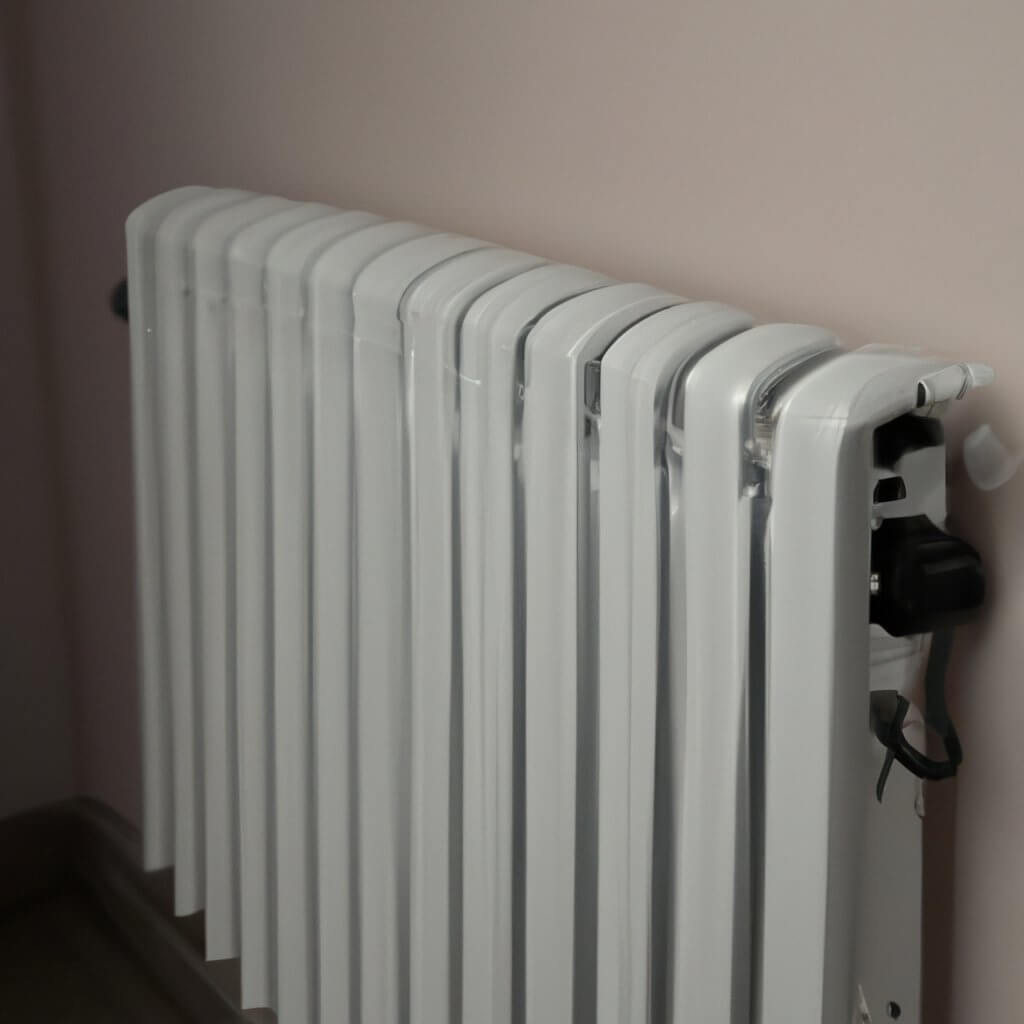
Another common alternative is wall furnaces. These units are permanently installed on walls, and tend to work faster than their baseboard counterparts. They have a sleek design and are extremely reliable. They're also quite compact, which means they're great for spaces with little floor space.
You can also use a ductless heat pump, which is a less expensive option than traditional central heating. This type of system works by utilizing a heat exchanger to move hot air from the outside to the interior of your home.
You can also replace your baseboard heaters with a hot water baseboard heat system. This is a relatively new technology, but it is an excellent way to save money on your heating bills.
If you're looking for a baseboard heater alternative that is the best of both worlds, you may want to consider a wall furnace. They are compact, and can heat a room quickly and efficiently. They can also be a lot less expensive to run than their baseboard counterparts.
Other baseboard heater alternatives include a ductless heat pump, which provides more control over your temperatures than its conventional counterpart.
7. ductless mini split system
The ductless mini split system is one of the best baseboard heater alternatives. This heating system uses a pump to deliver both heating and cooling to your home.
This can save you up to 50% on your electric bill. It is also one of the most convenient heating systems available. It is very easy to use and offers all of the benefits of a central air conditioning system without the bulky ductwork and expensive installation.
The ductless mini split system can provide you with better heat and ventilation than conventional baseboard heaters. These units also offer an environmentally friendly alternative to traditional gas and electricity, which are expensive and harmful to the planet. A filtration system is built into these units to eliminate the odor associated with burning dust. The unit can also be quiet to operate.
It is easy to install and can be installed in small spaces. Additionally, it is extremely quiet and is energy efficient, meaning that it is a great choice for those looking for an energy efficient alternative to electric baseboard heaters.
It comes with a remote control, so you can easily adjust the temperature from anywhere in your home. The ductless mini-split system also has a much smaller environmental impact than electric baseboard heaters.
It does not require large amounts of energy to operate, making it a more energy-efficient alternative. Additionally, the system is also much quieter than electric baseboard heaters, making it a more comfortable option.
Finally, the ductless mini-split system can be installed in just about any location, making it easier to find space for the system in your home. With all of these advantages, it's no wonder that the ductless mini-split system is quickly becoming a popular alternative to electric baseboard heaters.
8. Geothermal Heating
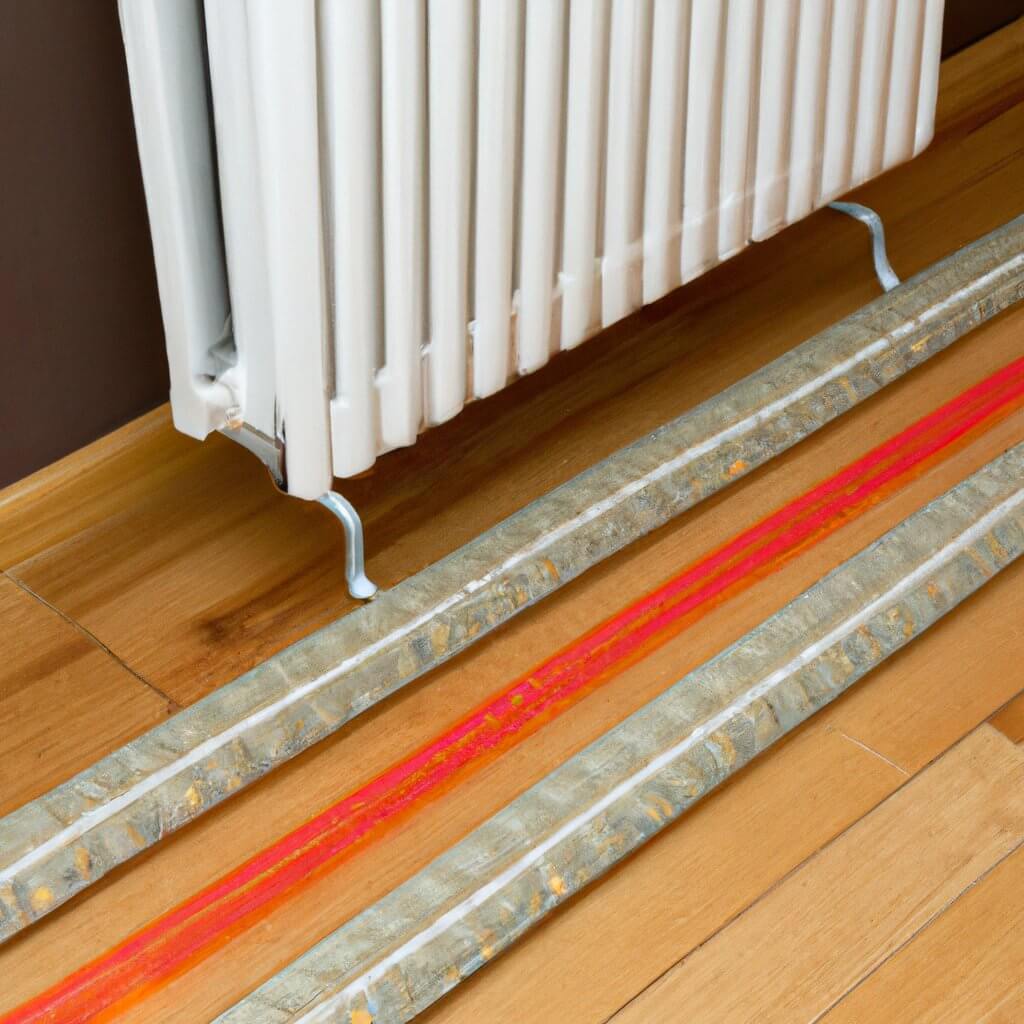
Geothermal heating is an energy-efficient and environmentally friendly way to heat your home. Unlike electric baseboard heaters, geothermal systems rely on the natural heat stored in the earth to provide warmth. As a result, they are highly efficient and cost-effective.
This heating system can be used to heat your entire home or just a single room. Geothermal heating is not limited to homes; it can also be used to heat swimming pools and commercial buildings. Additionally, geothermal systems can be used for cooling in the summer, making them a great all-year-round energy-saving solution.
However, geothermal systems can be costly to install and require professional installation. For those who are looking for an energy-efficient alternative to electric baseboard heaters, there are a few other options to consider
Geothermal heat pumps are the most efficient type of geothermal system available. Heat pumps use a closed loop of pipes to transfer heat from the earth into your home.
This process is extremely efficient, as it typically uses only a fraction of the energy required to power an electric baseboard heater. Additionally, geothermal heat pumps offer the added benefit of cooling your home during the summer months.
9. Portable Heaters
Portable heaters are a great energy-efficient alternative to electric baseboard heaters. They are much more affordable than baseboard heaters, and they are much more efficient, meaning they use less energy to produce the same amount of heat.
Portable heaters are also much more flexible, allowing you to move them around the house to where you need the heat most. They are also much more eco-friendly, as they emit fewer emissions than baseboard heaters. Furthermore, portable heaters typically have multiple settings, allowing you to adjust the temperature and save energy.
Additionally, they are much more versatile, as they can be moved around to different rooms and areas, allowing you to heat only the spaces you need to, instead of having to heat an entire house or apartment.
They are also much quieter than baseboard heaters, so they won't disturb your peace and quiet while they are running. Portable heaters are also safer than baseboard heaters, as they don't require an open flame or hot surfaces, making them a great option for households with children or pets.
10. Pellet Stove
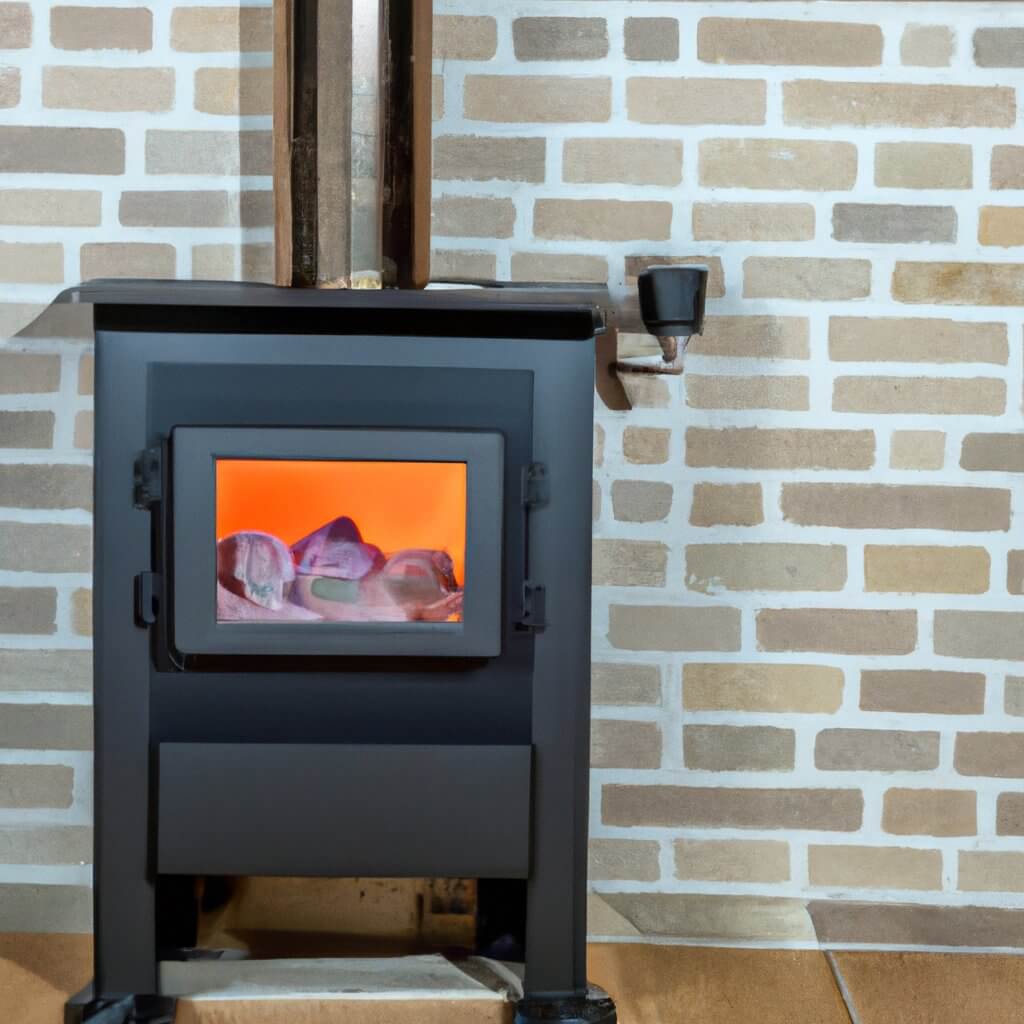
Pellet stoves are a great alternative to electric baseboard heaters. These stoves are fueled with renewable wood pellets, which are made of compressed sawdust and wood shavings, and can burn up to 50% more efficiently than traditional fireplaces.
Pellet stoves are easy to use, have a low maintenance cost, and can heat a room quickly. They are also environmentally friendly, as they emit less carbon dioxide than traditional wood or gas stoves. If you’re looking for a efficient and cost-effective way to heat your home, then a pellet stove is a great option.
Pellet stoves are also more affordable to purchase and operate than electric baseboard heaters. They are available in a variety of sizes and styles, so you can choose the one that fits your needs and budget.
Pellet stoves are also easy to install and maintain, making them an ideal choice for homeowners looking for an energy-efficient alternative to electric baseboard heaters.
With lower energy costs and a smaller environmental footprint, pellet stoves are becoming an increasingly popular option for those looking to reduce their energy consumption and save money.
Pellet stoves also produce less smoke and ash, making them a more environmentally friendly heating option. They are also quieter, as they are powered by a fan that distributes the heat, eliminating the need for loud fans or blowers. Additionally, pellet stoves are easier to maintain since they typically require only an occasional cleaning and can last up to 20 years.
They can also be used to supplement existing heating systems, which can help reduce energy bills. In addition, pellet stoves are designed in a variety of styles and sizes, making them an attractive and efficient heating solution for any home.
11. Wood Stove
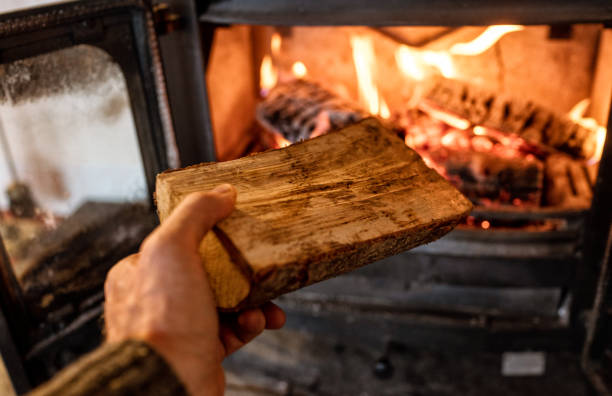
Electric baseboard heaters have been a popular choice for many homeowners, but wood stoves are increasingly becoming a more energy-efficient alternative. With their unique blend of efficiency, convenience and style, wood stoves are a great option for anyone looking to save on energy bills and add charm to their home.
1. Potential savings on heating bills
One of the greatest benefits of installing a wood stove is the potential savings on your heating bills. Whether you are heating your home with an electric baseboard heater or a furnace, a wood stove can help you cut your energy costs. Wood burns more efficiently than electric and is significantly less expensive than natural gas.
A wood stove can keep your home warm and cozy without breaking the bank. Additionally, wood is a renewable resource and can be gathered from your own land or purchased in bulk from local suppliers.
2. Low maintenance costs
One of the major benefits of wood stoves is its low maintenance costs. Wood stoves do not require any electrical components or wiring, so they are unlikely to require costly repairs. While they do need to be cleaned and maintained regularly, this process is straightforward and can be completed by the homeowner themselves.
Additionally, wood stoves have a longer lifespan than electric baseboard heaters, meaning you won't have to purchase a new one as often.
3. Environmentally friendly alternative
Another great energy efficient alternative to electric baseboard heaters is a wood stove or fireplace. Wood stoves use renewable fuel sources, like wood, to help heat the home, instead of electricity. Additionally, wood stoves are incredibly efficient, reaching up to 80% efficiency when burned correctly.
Not only that, but wood stoves can also be used to cook food and can provide an additional source of heat in a pinch. One thing to keep in mind when installing a wood stove is that the unit must be properly vented and it is important to purchase an EPA-certified wood stove to ensure it meets the standards for efficiency and safety.
4. Ability to heat large spaces with minimal energy
One of the main benefits of using a wood stove is its ability to heat large spaces with minimal energy. Wood stoves can provide adequate warmth for a room up to 1,000 square feet with just one unit.
This is much more efficient than electric baseboard heaters, which require multiple units to heat the same size space. Wood stoves are also great for keeping large rooms warm without having to crank up the temperature on your thermostat. They provide an even heat throughout the room, without the need for multiple units.
5. Easier to install than electric baseboard heaters
Wood stoves are significantly easier to install than electric baseboard heaters. These appliances can be installed without an electrician and are usually much less labor intensive than electric baseboard heaters.
Installation typically involves connecting a chimney liner and a short run of duct to the wood stove and connecting the duct to a nearby wall. This makes wood stoves a great option for those who don't want to deal with the hassle of hiring an electrician and installing an electric baseboard heater.
energy efficient alternatives to electric baseboard heaters- conclusion
Electric baseboard heaters are an effective and popular way to heat a home. However, they are also inefficient and can lead to high electricity bills.
Fortunately, there are alternatives that provide efficient and effective heating options. These include electric radiant heaters, heat pumps, and modern hydronic baseboard heaters.
By researching your options and understanding the associated costs, you can find the most energy-efficient solution to keep your home warm and comfortable all winter long.